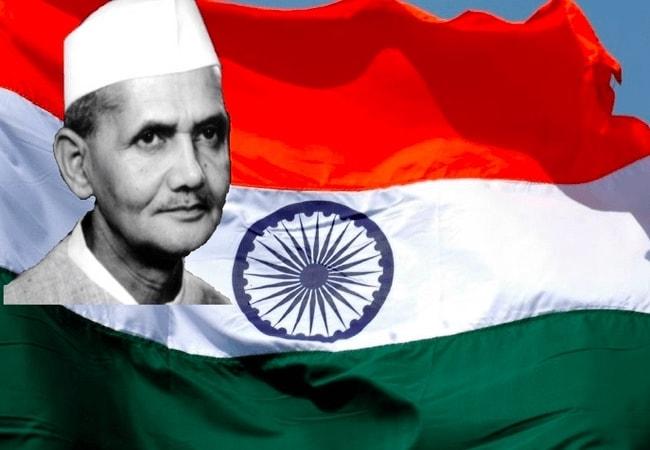
There are many Unknown facts about Lal Bahadur Shastri and his life you must know. Lal Bahadur Shastri was born on 2nd October. This is the same day when we celebrate the Birth Anniversary of Mahatma Gandhi. He was also active in the independence fight, Lal Bahadur Shashtri was very impressed with Mahatma Gandhi. Lal Bahadur Shastri is also referred as one of the most loyal followers of Mahatma Gandhi.
He joined the Indian Independence movement in 1920s. As India snatched the Country from British, Lal Bahadur Shastri joined the latter’s government and became the principle of India’s first Prime Minister Pandit Jawaharlal Nehru.
Lab Bahadur Shashtri raised Jai Jawan Jai Kisan Slogan
Lal Bahadur Shastri was the successor of Nehru and appointed as the Second Prime Minister for India. He was the second Prime Minister from the ruling Congress party in India. Shastri Ji who resurrected a nation’s broken self-confidence after the defeat against China in 1962 and led it to victory in 1965 war against Pakistan. He deserves to be remembered with respect.
Also Read: Best Places in Maharashtra for summer vacation
Victory in the war wasn’t his only achievement, but revolutions like the Green Revolution and White Revolution which made India a food deficit country to a food surplus one certainly deserves more than what he gets. Lal Bahadur Shastri died on January 11, 1966.
Also Read: 15 Best quotes of Swami Vivekanand for you to follow
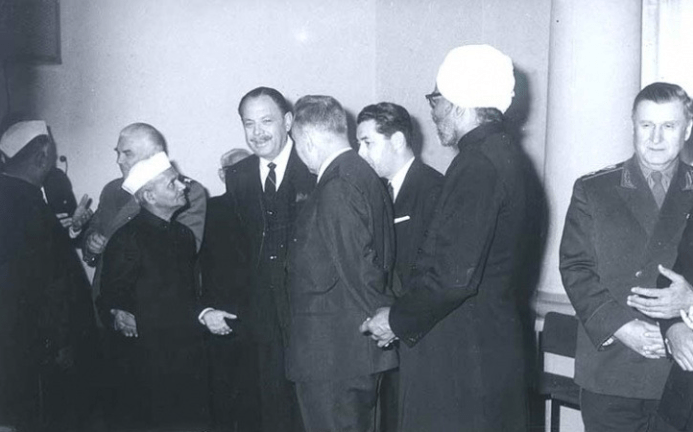
Here are 20 Unknowns Facts About Lal Bahadur Shashtri which you may not know
1. Lal Bahadur Shastri was born in Varanasi and his father us3d to server Zamindar of Ram Nagar. Shastri did not live in Varanasi for more than a year.
2. Lal Bahadur Shastri’s father and mother were school teachers. Later his father became a clerk in the revenue office at Allahabad. Shastri was the second child and eldest son.
Also Read: Most Popular food from each state of India
3. Lal Bahadur Shastri got the title ‘Shastri’ in Kashi Vidyapeeth university in 1926 as a mark of scholarly success.
4. Lal Bahadur Shastri’s mother lost him while taking bath in the Ganges when he was just 3 months old. But following an FIR a person unwillingly returned him to his mother.
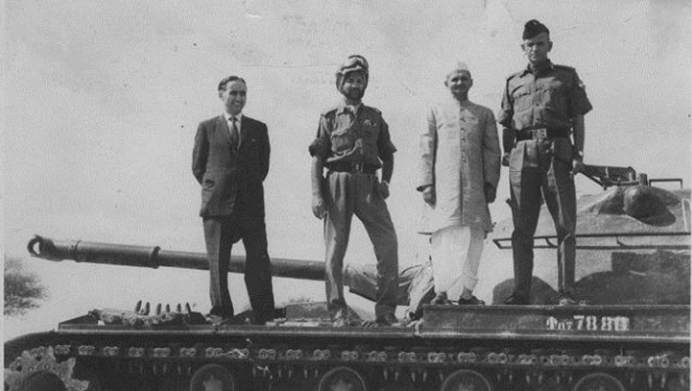
Lal Bahadur Shastri Would Swim Across The Ganges
5. Shastri use to swim across the Ganges twice a day with his book tied on top of his head. He didn’t have enough money to take the boat during his school.
6. As Minister of police in Uttar Pradesh, Shastri was the first person who used a water jet spray to disperse crowd instead of a lathi charge.
Also Read: Amazing Facts About India that you may not know
7. While opposing the deeply ingrained caste system in India. At the age of 12, he dropped his surname ‘Shrivastava’. He was given the title ‘Shastri’, meaning scholar after he completed his graduation.
8. He is an example for the rest of India who demands dowry to from their wives family. On the occasion of his wedding, Shastri merely took a khadi cloth and a spinning wheel as part of the dowry.
9. Because of his half-clad attire, Nehru once called Shastri a half-civilized man.
Also Read: Best Places for Summer Vacation in Indian for you to plan a visit
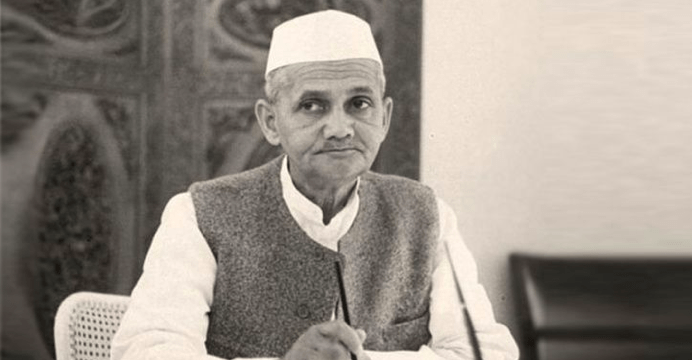
Lal Bahadur Shastri resigned from his ministry after rail accident in 1956
10. During the freedom struggle when he was in jail and his wife would get a pension of Rs 50 per month. Shastri’s wife once informed him that she saved Rs 10 from his pension money. After this Shastri asked the Servants of People’s Society to reduce his pension and give Rs 10 to some needy.
Also Read: Best places in Paris you must visit during your stay
11. When his son was given an undue promotion at a department Shastri had it reversed immediately. On 15 August 1947, he became the Minister of Police and Transport. It was during his tenure first women conductors were appointed. He was the one who suggested to use of jets of water instead of lathis to disperse unruly crowds.
12. On the occasion of his birth centenary in 2004, the RBI issued a Rs.100 coin with his portrait on it. The coin is non-circulating and is available on order only.
Also Read: Best Places in Jamshedpur you must visit
13. In 1952 he became the railway minister but he resigned from his position after a train accident in Tamil Nadu in 1956. Around 150 passengers killed on that accident.
14. Lal Bahadur Shastri died on 11 January 1966 in the then USSR’s Tashkent due to heart failure. But his death is always seen with suspicion with many untold mystery.
Bank loan of Rs 5,000 from the Punjab National Bank to buy a car
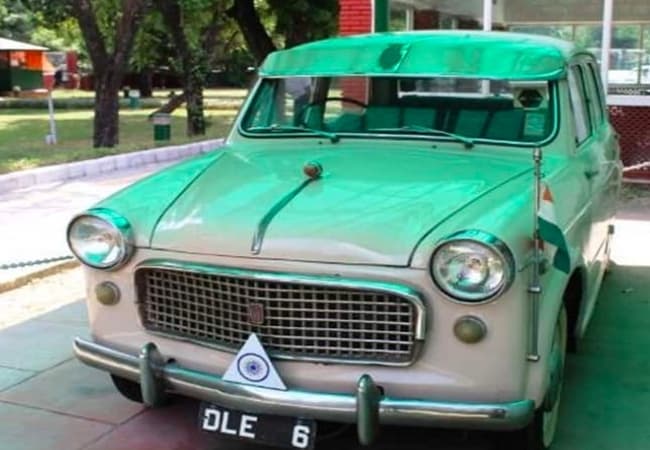
15. Underlining the importance to increase the production and supply of milk he promoted White Revolution. The National Dairy Development Board was formed in 1965. To boost India’s food production he promoted the Green Revolution.
16. During his PM tenure, the country had faced an acute food shortage. He was the only one who ensured that the food could be distributed equally and urged people to skip one meal a day. He went on air to appeal people to skip one meal in a week. The appeal got a good response with eateries shutting down the shutters on Monday evening and soon people started to call it ‘Shastri Vrat’.
Also Read: Best Places in Bhopal you must visit
17. During his tenure his family requested him to buy a car. He bought a Fiat car which cost him Rs 12, 000. He had only Rs 7000 in his bank account so he applied for Rs 5,000 from the Punjab National Bank. The car is today kept at the Shastri Memorial in New Delhi.
He Took His Last Breath on January 11, 1966
18. Shastri had a Chevrolet Impala car for his official use. Once his son took the car for his personal use. When Shastri came to know about this then he asked his driver to check the distance for the car driven for personal use. He later deposited the money in the government account.
Also Read: Best Places in Goa you must visit
19. On January 11, 1966, he took his last breath in Tashkent, the day after signing the Tashkent Declaration. His death is still a mystery for years.
20. The irony is, despite several controversies, no postmortem was carried out on his body, which makes it a great mystery even today.















































